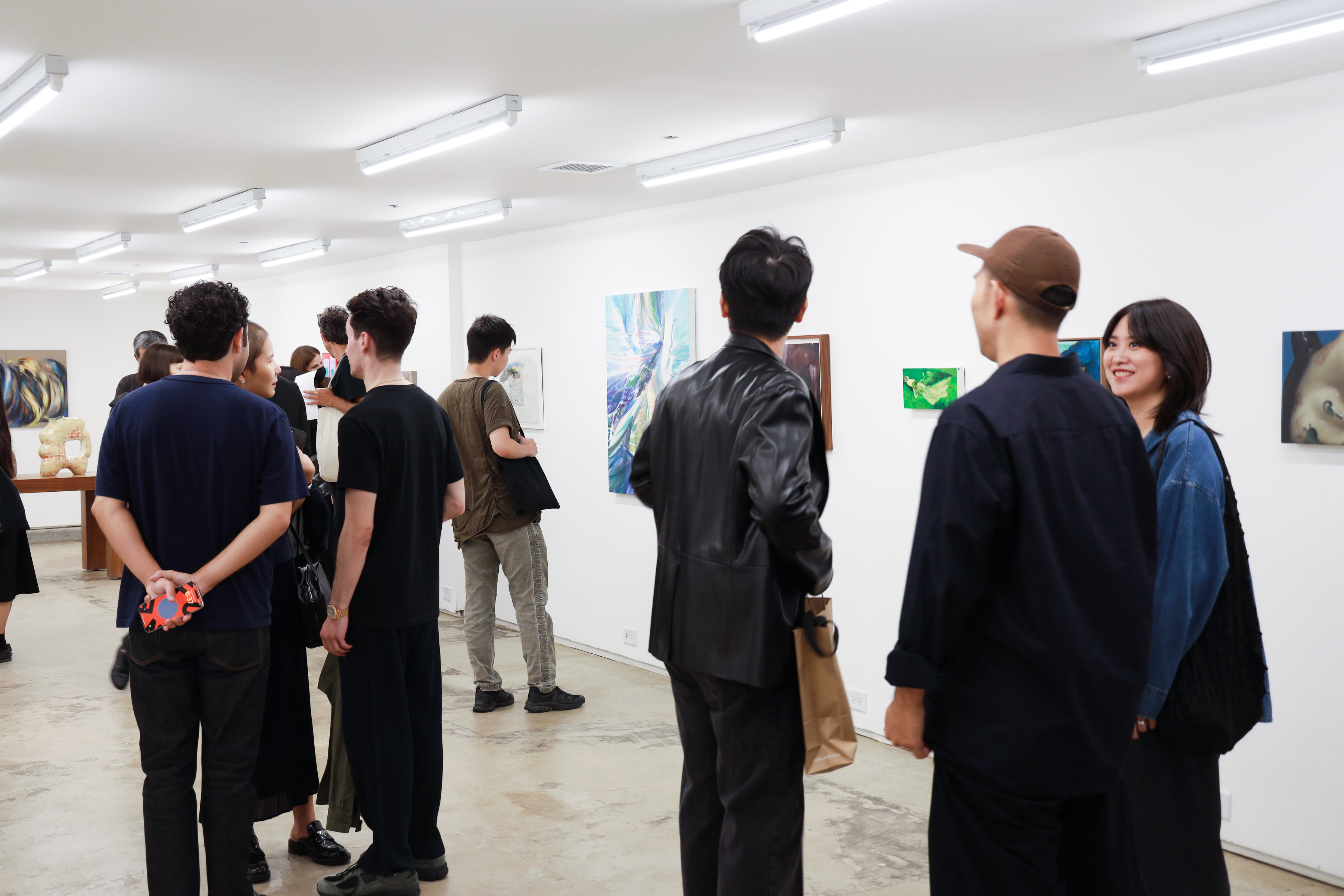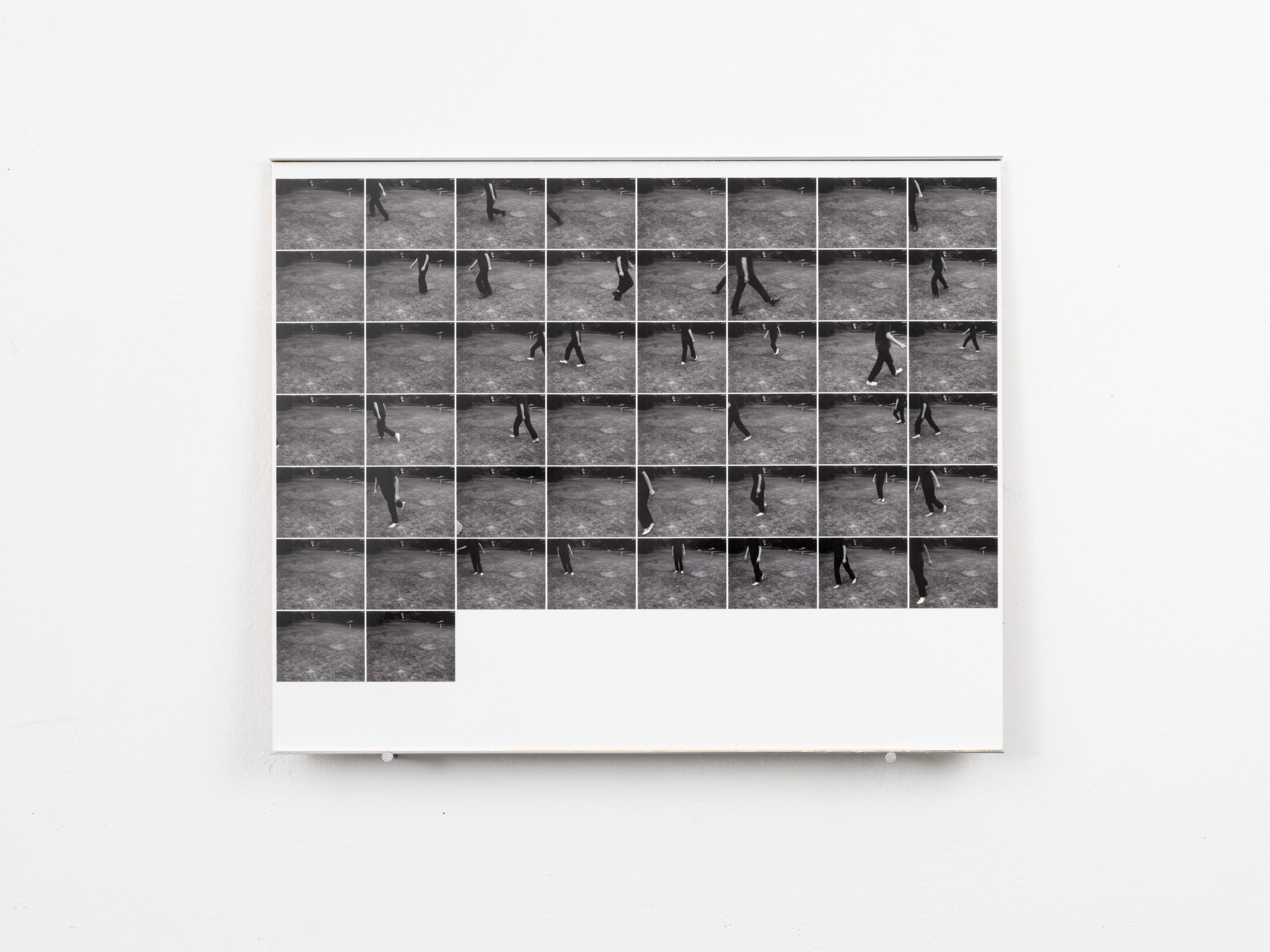In flashes of childhood memory, I can remember days spent at art galleries, whether with my extended family or filling an afternoon on a school trip. Even though I’ve always enjoyed being creative, otherwise known as making a mess with acrylic paint and pipe cleaners and insisting it be called ‘art’, I look back with both contentment and confusion.
My favourite part of visiting the Tate Modern in London was sitting in the café on the top floor, giggling with my friends and staring at the South Bank skyline in an attempt to ignore the aching sensation in my back from standing up for too long. A few years later, I left the Turner Contemporary in Margate incredibly confused – one of the exhibitions was just a moving seesaw, in an empty room. Having visited a few exhibitions and art galleries years later, I’ve felt my perspective change, and I’ve just figured out why that is.
Debate surrounding the nature of art has always existed. The seesaw in Margate demonstrates this perfectly. Where someone may view the seesaw as symbolic, of the glimpses of joy in the day to day, a different onlooker might marvel at its inherent ordinariness. If a seesaw is art – couldn’t anything be?
I wonder, then, whether art is illuminated by the experience of the viewer. In a way, that’s just me saying that ‘beauty is in the eye of the beholder’ in a much more pretentious way, but I think there might be some truth in it. We can’t help but perceive things with our own experience. I could idolise a character in a novel, but my friend think that they are egotistic. I experienced this last week, as I wandered around the Ashmolean Museum in Oxford, lost in my own thoughts rather than the art itself.

That was until I stumbled across one painting that I felt immediately compelled by. I found ‘Ennui’ by Walter Richard Sickert (1914) on the top floor with the modern art, and I just couldn’t look away because of its pure exploration of the ordinary. ‘Ennui’, a French word meaning ‘boredom’, or dissatisfaction, is exactly what Sickert’s piece depicts. In hues of muted brown and beige, we are met with a husband and wife who were once in love. With her back to her husband, the woman stares longingly out the window, next to a bell jar. Their body language is flooded with an unspoken lost love. In a suit, her husband is smoking. Absorbed in his own thoughts.
Realising how long I’d been staring at this painting, I took a picture for my Instagram story – something in my head telling me that I had to move this private captivation with ‘Ennui’ into the public. A few months later, I pinned the work to my ‘art’ Pinterest Board.
I’m only twenty – luckily not yet trapped in an unhappy, passionless marriage like the one here. But standing in the Ashmolean, I felt emotions of past longing refracted back at me. In the woman’s contemplation, I was reminded of the hours I have spent overthinking or wondering why someone hasn’t loved me in the way I loved them. In Sickert’s ‘Ennui’, I felt my own lack of satisfaction with certain aspects of my life, of with things I can’t change, only yearn for, like a loving relationship.
If I was younger, I may have shuffled past the modern art section. I didn’t have the slightest idea what love was but it’s interesting to think that different people would be captivated by different pieces, all for different reasons.
When I was little and didn’t have a phone, all I left the museum with were my own reflections. However, in this day and age, if the colour scheme of an exhibition matches your aesthetic, you may be more likely to post it – perhaps even without any understanding of the art itself. Going back to the Margate seesaw, it’s clear that the boundaries of what art is stretch far and wide.
Not only does this mean that we are more likely to find art at our fingertips, in coming-of-age Pinterest boards, and TikTok remixes of old songs, but the way we demonstrate our cultural knowledge itself is changing. Though most art galleries discourage photography, most of us are guilty of taking a photo or two just to prove that we went to one.
Art galleries are, for the most part, beautiful. But social media is full of people proving that they are surrounded by beautiful things. For example, if I were to visit an art opening, I’m bound to post a picture of it, but is this solely an attempt to prove that I am trendy, that I enjoy art, rather than being able to appreciate the art for arts sake? Portraying aesthetically pleasing moments like these just for the perception of others is flawed, and makes any comparisons we make entirely redundant, but I don’t see this shift away from the superficial happening any time soon.
This leaves, then, the relationship between young people and the consumption of art entirely up to interpretation.
Maybe, a few years into the future, I would have been too busy photographing another pretty exhibit to be caught up by Sickert. What we consume is changing, and we are all guilty of spending hours on our phones rather than in a local gallery. An expectation different to this is unrealistic. Why, then, is our experience solely captured through the lens of a phone?






